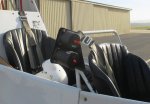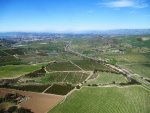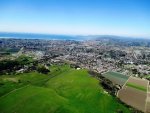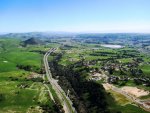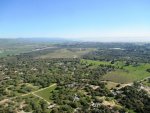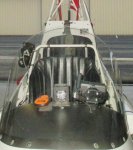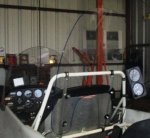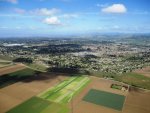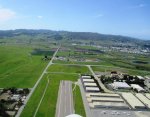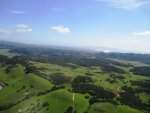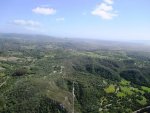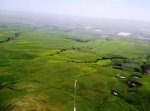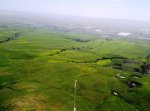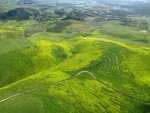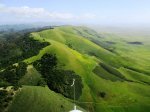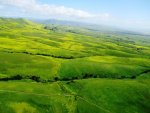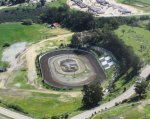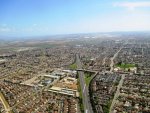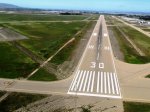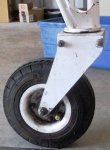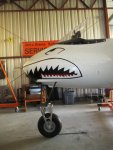- Joined
- Oct 30, 2003
- Messages
- 18,379
- Location
- Santa Maria, California
- Aircraft
- Givens Predator
- Total Flight Time
- 2600+ in rotorcraft
Progress on several fronts.
Progress on several fronts.
When I returned from the Cable Air Show on January 11 the LODA for the Predator was in the mail box. It had some troubling (to me) words in it that read: “5.b. pilots participating in the training described in 5.a. above training programs must hold an appropriate category and class rating.”
I interpreted this to mean I could not train someone who did not hold a rotorcraft, gyroplane rating in The Predator. I asked for a clarification the three people working on my LODA at the Van Nuys FSDO had three different opinions as to what the words meant.
They called Washington DC to talk to the LODA expert there and today I received a revised LODA in the mail.
It reads “Reference 5.b. For flight training leading to the original issuance of a pilot certificate in a gyroplane issued a special airworthiness certificate under 21.191(g). Pilots receiving training are not required to meet the appropriate category and class requirements in item 5.b.”
I feel this is a validation of my efforts to do things correctly even though it caused a three week delay in exercising the LODA for The Predator.
Many thanks to the patient helpful people at the Van Nuys FSDO and my flight instructor mentors.
I built a new aluminum bracket for the Garmin 196 and it would have been installed yesterday but I ran out of hardware before I could finish and after the hardware store was closed.
I spent most of the day testing the compressor I purchased from Walmart for the inflight adjustable trim. It seems to have plenty of capacity and doesn’t overheat. It starts right up when it is already at high pressure. I may try a smaller one to make it easier to mount.
Next I need to purchase the air cylinder, pressure gage and valve. I think I have a place for an inch and a half gage on the panel. I already have all the fittings for the lines and a grip with appropriate buttons.
My friend Max is probably going to help with the fabrication of my rear instrument pod and he covets my Garmin 295 so we can probably work out a trade. He is the one who repaired the cracks in the frame and all of them are holding up 800 hours later. We hope to start next Wednesday. He has already come up with some creative ideas that may make it easier. Joe had to bow out because of time commitments.
I am trying to get the hangar set up for ground school and replaced my dead refrigerator yesterday with a cast off from our daughter. Once again my brain was writing checks my body couldn’t cash; getting the old refrigerator into the truck was not easy and I disturbed a large black widow spider in the process.
I would like to have a 40 inch monitor so I can display teaching aids off the internet instead of using a white board. I have poor fine motor skills and they make for poor white board skills. The new models will be coming out so the prices should come down soon after. I feel it will be particularly helpful for teaching flight planning because I can switch from a sectional chart to Google Earth to identify waypoints that can be recognized for the air. It is fun to work on the hangar again.
Progress on several fronts.
When I returned from the Cable Air Show on January 11 the LODA for the Predator was in the mail box. It had some troubling (to me) words in it that read: “5.b. pilots participating in the training described in 5.a. above training programs must hold an appropriate category and class rating.”
I interpreted this to mean I could not train someone who did not hold a rotorcraft, gyroplane rating in The Predator. I asked for a clarification the three people working on my LODA at the Van Nuys FSDO had three different opinions as to what the words meant.
They called Washington DC to talk to the LODA expert there and today I received a revised LODA in the mail.
It reads “Reference 5.b. For flight training leading to the original issuance of a pilot certificate in a gyroplane issued a special airworthiness certificate under 21.191(g). Pilots receiving training are not required to meet the appropriate category and class requirements in item 5.b.”
I feel this is a validation of my efforts to do things correctly even though it caused a three week delay in exercising the LODA for The Predator.
Many thanks to the patient helpful people at the Van Nuys FSDO and my flight instructor mentors.
I built a new aluminum bracket for the Garmin 196 and it would have been installed yesterday but I ran out of hardware before I could finish and after the hardware store was closed.
I spent most of the day testing the compressor I purchased from Walmart for the inflight adjustable trim. It seems to have plenty of capacity and doesn’t overheat. It starts right up when it is already at high pressure. I may try a smaller one to make it easier to mount.
Next I need to purchase the air cylinder, pressure gage and valve. I think I have a place for an inch and a half gage on the panel. I already have all the fittings for the lines and a grip with appropriate buttons.
My friend Max is probably going to help with the fabrication of my rear instrument pod and he covets my Garmin 295 so we can probably work out a trade. He is the one who repaired the cracks in the frame and all of them are holding up 800 hours later. We hope to start next Wednesday. He has already come up with some creative ideas that may make it easier. Joe had to bow out because of time commitments.
I am trying to get the hangar set up for ground school and replaced my dead refrigerator yesterday with a cast off from our daughter. Once again my brain was writing checks my body couldn’t cash; getting the old refrigerator into the truck was not easy and I disturbed a large black widow spider in the process.
I would like to have a 40 inch monitor so I can display teaching aids off the internet instead of using a white board. I have poor fine motor skills and they make for poor white board skills. The new models will be coming out so the prices should come down soon after. I feel it will be particularly helpful for teaching flight planning because I can switch from a sectional chart to Google Earth to identify waypoints that can be recognized for the air. It is fun to work on the hangar again.


